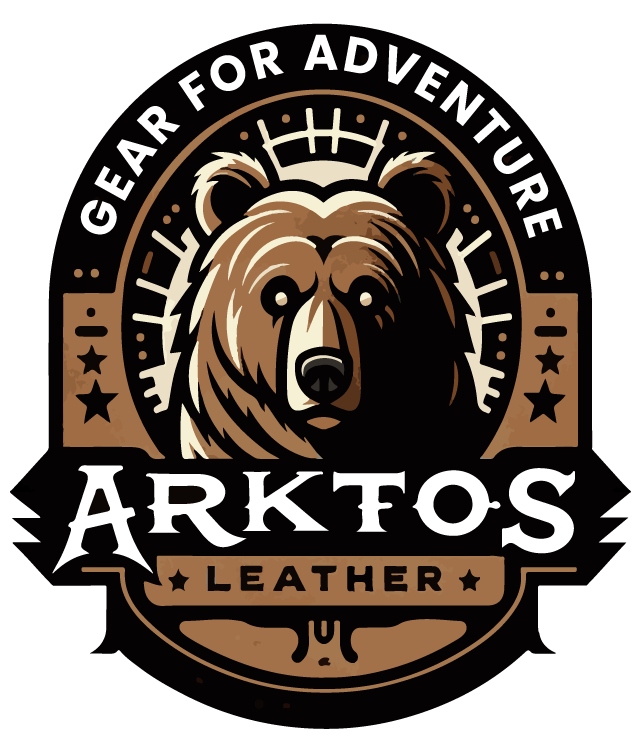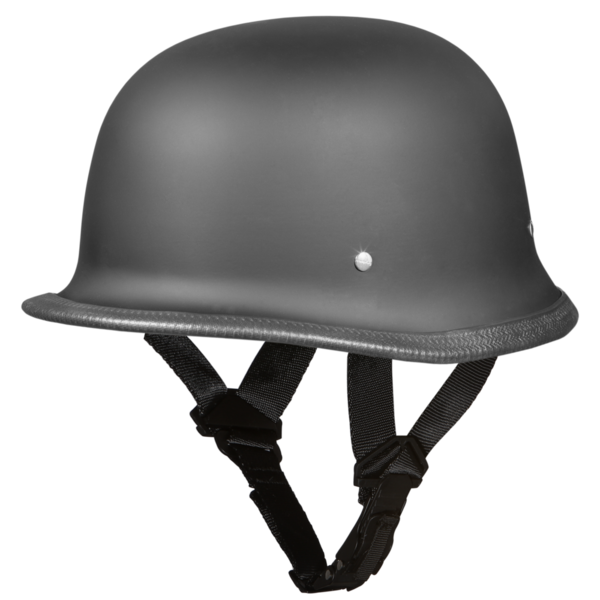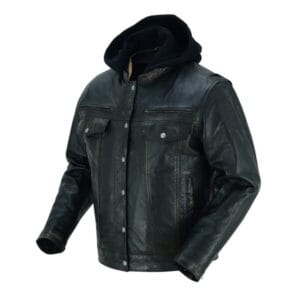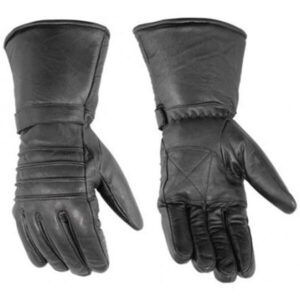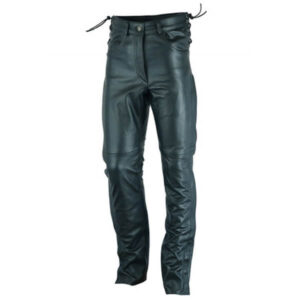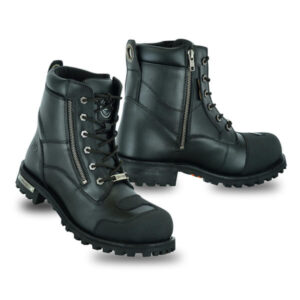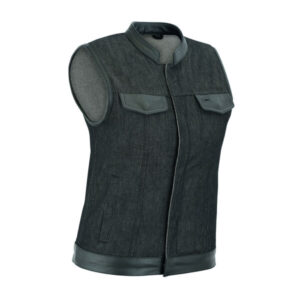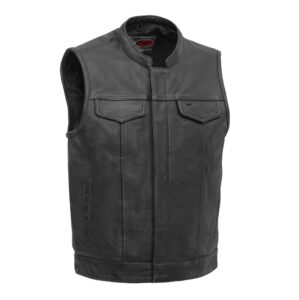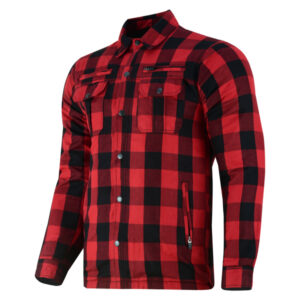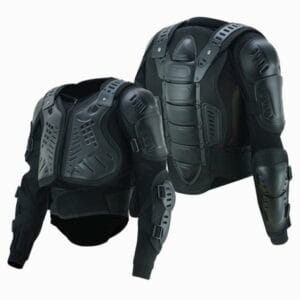Dressing appropriately for motorcycle riding isn’t just about looking the part – it’s a critical aspect of rider safety that can mean the difference between walking away from an accident and suffering severe injuries. When you climb onto a motorcycle, you’re exposing yourself to various hazards including road debris, weather elements, and the possibility of collision or falling. Proper motorcycle gear serves as your primary defense against these risks.
Essential Safety Considerations
The physics of motorcycle accidents make protective gear absolutely crucial. Unlike in a car, there’s no metal cage surrounding you, no airbags to deploy, and no seat belts to keep you secured. In the event of a crash, your body is likely to make contact with the road surface or other objects. High-quality protective gear can prevent or significantly reduce road rash, burns, cuts, and more serious injuries.
Protective gear also plays a vital role in your visibility to other drivers. Bright colors and reflective materials can make you more noticeable on the road, especially during low-light conditions. This increased visibility gives other motorists more time to react to your presence, potentially preventing accidents before they occur.
The importance of protective gear extends beyond crash protection. It shields you from flying debris, insects, and weather elements that can impair your concentration or cause discomfort during rides. Even small distractions like a bug hitting your face at highway speeds can lead to dangerous situations.
Role of Weather Conditions in Choosing Your Gear
Weather conditions significantly influence what gear you should wear for a ride. Hot weather requires gear that provides both protection and ventilation to prevent overheating. Modern mesh gear offers excellent airflow while maintaining protective qualities. Cold weather demands proper layering and insulation to prevent hypothermia and maintain concentration. Wet conditions require waterproof gear to keep you dry and comfortable.
D.O.T German Motorcycle Helmet – Dull Black
The Basics of Motorcycle Riding Gear
Helmet
The helmet is arguably the most crucial piece of motorcycle safety equipment. It protects your brain from potentially fatal injuries and is required by law in many jurisdictions. A proper motorcycle helmet should meet safety standards such as DOT, ECE, or Snell certification.
Types of Motorcycle Helmets:
Full-Face, Modular, Half-Face
Full-face helmets offer the most comprehensive protection, covering your entire head and face. They provide protection against impacts, weather, noise, and debris. Modular helmets combine the benefits of full-face and open-face designs, featuring a chin bar that can be lifted up. While half-face helmets provide minimal protection, they’re better than no helmet at all, though they leave your face exposed to potential injuries.
D.O.T Retro Motorcycle Full Face Helmet
Choosing the Right Fit
A helmet’s effectiveness depends largely on proper fit. It should be snug but not painfully tight, with no pressure points. When trying on a helmet, it should stay in place when you shake your head and shouldn’t move independently of your head. The cheek pads should press against your cheeks, and there should be no gaps between the helmet’s padding and your head.
The right helmet should be comfortable enough to wear for extended periods, as an uncomfortable helmet might tempt you to ride without it. Remember that different helmet brands fit differently, so try several before making a decision. A properly fitting helmet can save your life, while an ill-fitting one might not provide adequate protection when you need it most.
Men’s Lightweight Drum Dyed Distressed Naked Lambskin Leather M/C Jacket
Jackets
Motorcycle jackets are your primary defense against abrasion and impact in case of an accident. The choice between leather and textile materials presents distinct advantages. Leather jackets offer superior abrasion resistance and can last for many years with proper care. They naturally conform to your body shape over time and provide excellent wind protection. However, they can be hot in warm weather and require more maintenance.
Textile jackets, on the other hand, often offer better versatility with removable liners and more ventilation options. Modern textiles like Cordura and ballistic nylon provide impressive durability while being lighter and more weather-adaptable than leather. When choosing a jacket, look for CE-rated armor in the shoulders, elbows, and back. Good ventilation is crucial – look for zippered vents that can be opened or closed as needed. Reflective panels or piping significantly enhance visibility during night riding.
Insulated Genuine Leather Motorcycle Gauntlets
Gloves
Motorcycle gloves are essential as your hands are often the first point of contact in a fall. Summer gloves should offer good ventilation while maintaining protection, typically featuring perforated leather or mesh panels. Winter gloves need to provide warmth without compromising grip and control, often incorporating thermal liners and waterproof membranes. All-season gloves strike a balance between these extremes, offering moderate weather protection and versatility.
Proper grip is crucial for maintaining control of your motorcycle. Look for reinforced palms with good tactile feedback for the controls. Pre-curved fingers reduce fatigue during long rides, while knuckle protection guards against impacts. The gloves should fit snugly without restricting movement or circulation. Touch-screen compatible fingertips are a modern convenience worth considering.
Men’s Leather Deep Pocket Over Pants | Arktos Leather
Pants
Reinforced riding pants are a vital yet often overlooked piece of safety gear. Purpose-built motorcycle chaps include impact protection at the hips and knees, along with abrasion-resistant materials in high-risk areas. They often feature adjustable armor positioning to ensure proper coverage for different body types.
Kevlar jeans have become a popular alternative for riders seeking a more casual look without completely sacrificing protection. These jeans look normal on the outside but feature Kevlar panels in critical areas like the seat, hips, and knees. Some versions include pockets for optional armor inserts. While not offering the same level of protection as dedicated riding pants, they’re significantly better than regular denim.
Men’s Side Zipper Ankle Protection Waterproof Boots
Boots
Motorcycle boots must protect your feet and ankles while providing reliable grip on both the pegs and the ground. Good motorcycle boots feature reinforced ankle support to prevent twisting injuries, along with shift pads to protect the top of the foot. The soles should be oil-resistant with a pattern that provides good grip without getting caught on footpegs.
Waterproofing is a valuable feature, as wet feet can be both uncomfortable and distracting. Look for boots with waterproof membranes like Gore-Tex that still allow your feet to breathe. Comfort is crucial – you’ll be wearing these boots for extended periods, often walking in them as well as riding. Features like padded collars, cushioned insoles, and flexible panels at key points help ensure all-day comfort without compromising protection.
Dressing for Different Weather Conditions
Hot Weather
Riding in hot weather presents unique challenges for motorcyclists who need to maintain protection while avoiding overheating. Modern motorcycle gear offers innovative solutions through mesh panels and breathable fabrics that promote airflow while maintaining safety standards. Look for jackets and pants with large mesh panels in non-impact zones, which allow air to flow freely while keeping armor and abrasion protection in critical areas.
Ventilation systems in hot-weather gear often include zippered vents strategically placed to create airflow channels. These typically appear on the chest, back, and arms of jackets, and along the thighs of pants. Light-colored gear reflects sunlight and helps keep you cooler than dark colors. Consider perforated leather gear as an alternative to mesh – it offers excellent protection while providing reasonable airflow.
Women’s Raw Finish Denim Vest W/Leather Trim
Cold Weather
Cold weather riding requires careful consideration of layering to maintain body temperature while preserving mobility. Start with a moisture-wicking base layer that keeps sweat away from your skin. Mid-layers should focus on insulation – materials like fleece or wool provide warmth without bulk. Your outer layer needs to block wind while allowing enough movement for comfortable control of the motorcycle.
Heated gear has revolutionized cold-weather riding. Electric vests, jackets, gloves, and even pant liners can connect to your motorcycle’s electrical system or portable batteries, providing adjustable warmth. Pay special attention to extremities – heated grips and handguards can significantly improve comfort and control in cold conditions.
Rainy Weather
Riding in the rain demands specialized gear to keep you dry and comfortable. Quality waterproof gear should include sealed seams, water-resistant zippers, and storm flaps over openings. Gore-Tex and similar waterproof breathable membranes allow sweat to escape while keeping rain out, preventing the clammy feeling that comes with non-breathable rain gear.
Waterproof leather overpants and jacket covers can be packed small and pulled on over regular gear when needed. Consider high-visibility rain gear to increase your visibility in wet conditions when sight distances are reduced. Anti-fog treatments for your visor and proper ventilation become critically important in wet weather to maintain clear vision.
Dressing for Different Types of Rides
Casual Rides
Short, casual rides around town require a balance between protection and convenience. Kevlar-lined jeans paired with armored hoodies or lightweight mesh jackets offer a good compromise. These items provide essential protection while allowing you to arrive at your destination without looking obviously “geared up.”
Consider modular helmets for their versatility – they can be worn fully closed while riding but opened up upon arrival. Casual riding gear should be easy to wear and remove, encouraging you to gear up even for short trips.
Long-Distance Rides
Long-distance touring demands gear that remains comfortable for extended periods while offering reliable protection. Durability becomes paramount – gear failures hundreds of miles from home can ruin a trip. Look for high-quality construction with double or triple stitching in impact areas.
Comfort features become crucial on long rides. Adjustable armor positioning, stretch panels in key areas, and multiple ventilation options help maintain comfort throughout long days in the saddle. Consider including rain gear even in good weather – conditions can change dramatically over long distances.
Mens Black Leather SOA Anarchy Outlaw Biker Vest
Off-Road Adventures
Off-road riding requires specialized gear to handle unique challenges. Boots need additional ankle protection and better grip for walking in rough terrain. Body armor is often worn under a jersey rather than integrated into a jacket, allowing better mobility and ventilation for the intense physical activity of off-road riding.
Goggles replace visors for better ventilation and easier cleaning when riding in dusty conditions. Pants and jerseys are typically made from durable materials that can withstand brushes with vegetation while providing enough flexibility for the dynamic movements required in off-road riding.
